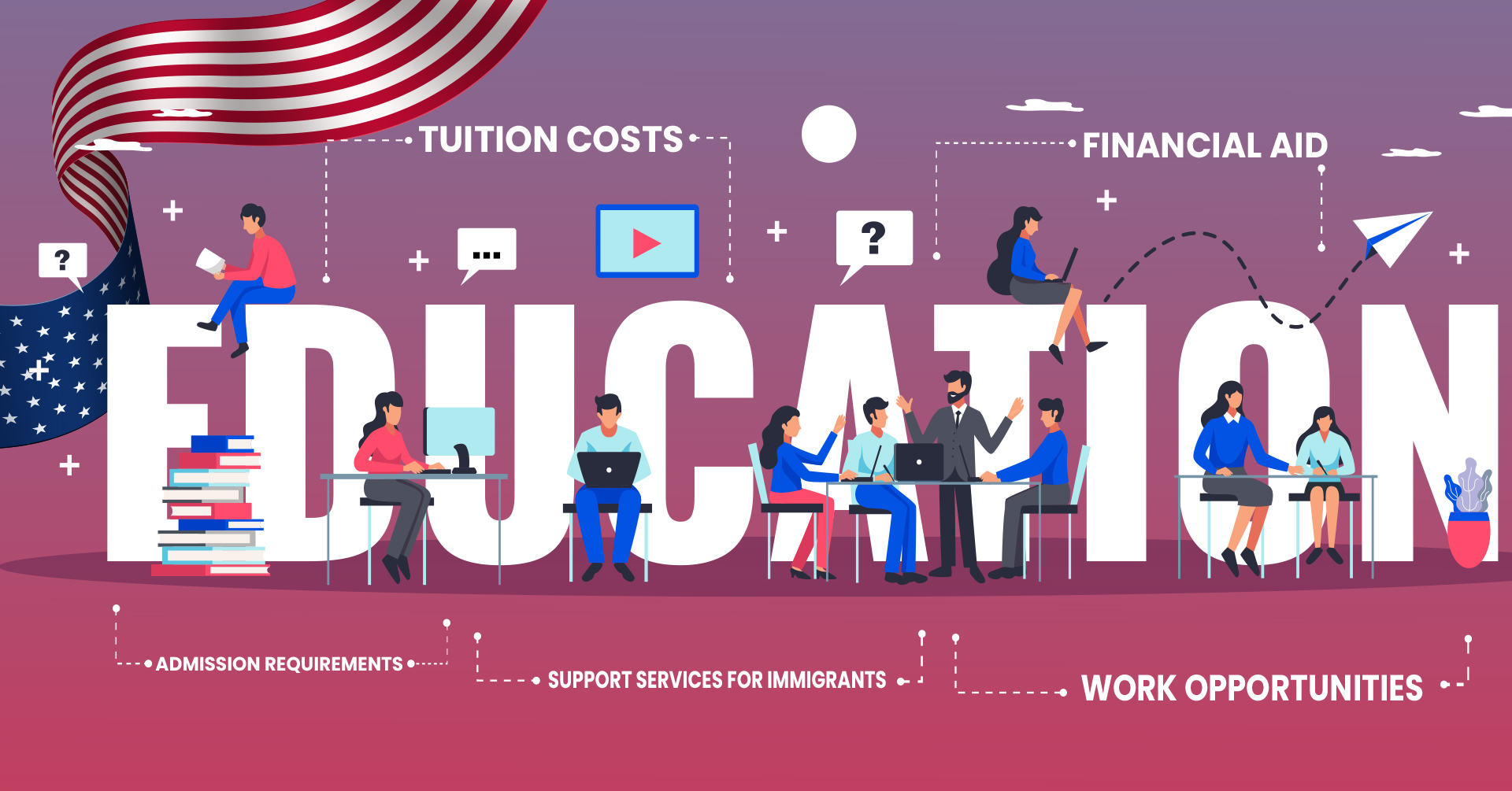The United States has always been a popular destination for immigrants seeking higher education. The country has some of the world’s most prestigious universities and colleges, attracting students from all corners of the globe. The American education system is vast and diverse, with over 4,000 colleges and universities offering a range of programs at all levels of education.
For many immigrants, navigating the US education system can be overwhelming, with different types of institutions, degrees, and requirements. This article aims to provide an overview of the US education system and its different components, with a focus on how immigrants can access higher education opportunities in the country.
Higher education in the United States is divided into two main categories: undergraduate and graduate. Undergraduate education typically refers to a bachelor’s degree, while graduate education refers to a master’s or doctoral degree.
There are over 4,000 colleges and universities in the United States, including community colleges, four-year colleges, and universities. Community colleges offer two-year associate degrees, while four-year colleges and universities offer bachelor’s degrees. Graduate programs typically require a bachelor’s degree as a prerequisite.
For immigrants seeking higher education opportunities, there are several factors to consider, including tuition costs, financial aid options, and admission requirements.
Tuition Costs:
The cost of higher education in the United States can vary widely depending on the institution, degree program, and location. According to College Board, the average cost of tuition and fees for the 2020-2021 academic year was $10,560 for in-state students at public four-year colleges and $37,650 for private nonprofit four-year colleges.
For many immigrants, the cost of higher education can be a barrier to entry. However, there are several financial aid options available, including scholarships, grants, and loans.
Financial Aid:
Scholarships and grants are often awarded based on academic merit or financial need. Many colleges and universities offer scholarships specifically for international students. Additionally, there are several private organizations and foundations that offer scholarships and grants for immigrants and minority students.
Loans are another option for financing higher education. The US Department of Education offers several loan programs, including the Federal Direct Loan Program, which offers low-interest loans to eligible students.
Admission Requirements:
Admission requirements for colleges and universities in the United States can vary depending on the institution and degree program. However, most institutions require applicants to submit transcripts, test scores, and essays. International students may also be required to submit English language proficiency test scores.
Support Services for Immigrants:
To help address the challenges faced by immigrant students, many colleges and universities offer support services, such as ESL programs, academic counselling, and cultural centers. These support services can help immigrant students adjust to the academic and cultural expectations of the US education system.
Work Opportunities for International Students:
International students are eligible to work part-time on-campus while studying in the US. This can provide a valuable source of income to help offset the cost of tuition and living expenses. Additionally, some colleges and universities offer work-study programs, where students can work part-time off-campus to gain work experience in their field of study.
Immigration Opportunities for Graduates:
International graduates may be eligible to stay and work in the US for a period of time after completing their degree. The Optional Practical Training (OPT) program allows international students to work in the US for up to 12 months after graduation, and STEM graduates may be eligible for an additional 24-month extension.
While the cost of higher education can be a barrier for some immigrants, there are financial aid options available to help make higher education more accessible. With a bit of research and preparation, immigrants can navigate the US education system and achieve their academic goals.

